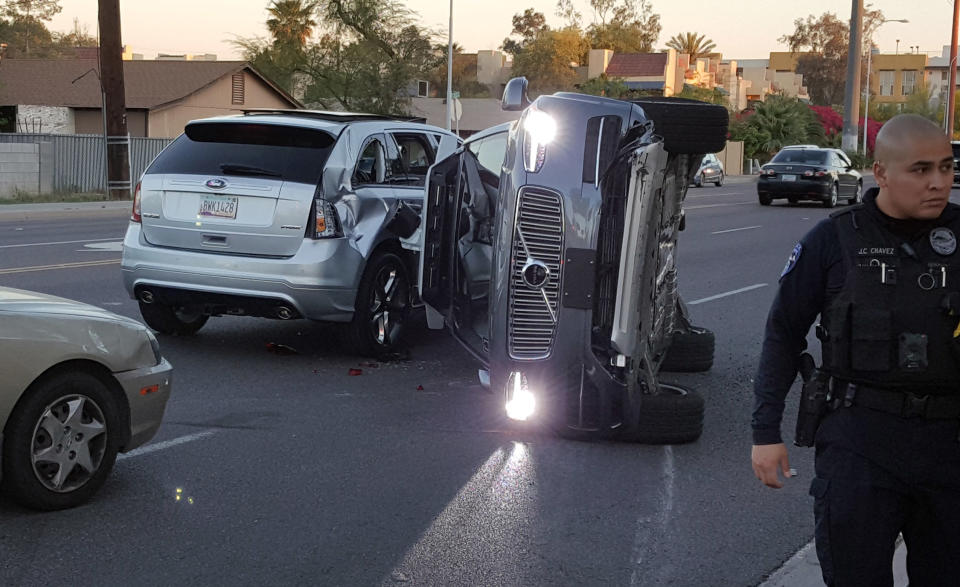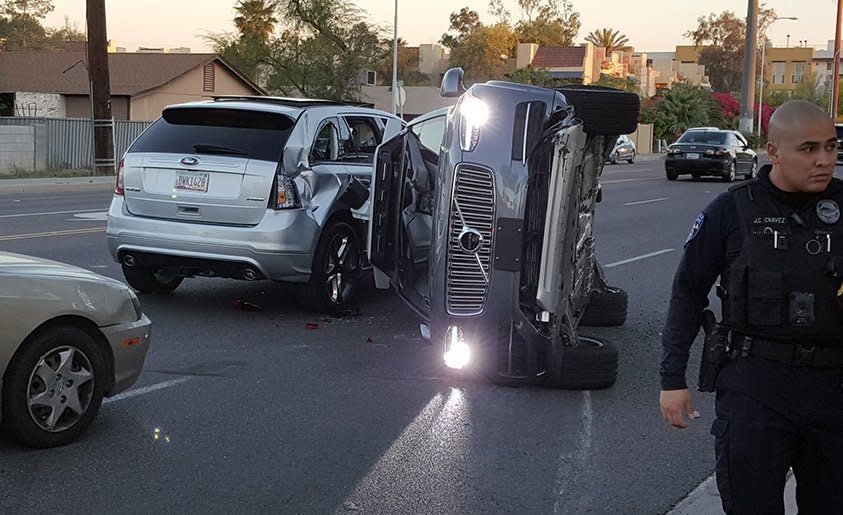In the Auto Industry, the Future Is Software—Not Machinery


From the July 2017 issue
A Volvo lying on its side in Tempe, Arizona, wouldn’t normally rate a national headline. After all, Volvo has long asserted that the best attributes of its cars reveal themselves only in a crash. But this was an autonomous Volvo, part of a small test fleet Uber operated in Pittsburgh, San Francisco, and Arizona. The latter had welcomed Uber with open pro-business arms after the company and the California DMV got into a semantics spat, since resolved, over a $150 permit. The Cal DMV had revoked the registrations for Uber’s 16 test vehicles, and if the bureaucrats were motivated by the fear of a couple tons of undercooked technology circulating among the driving public, those fears seem to have been vindicated by the photos of the capsized Volvo.
It doesn’t matter that, by all accounts, it wasn’t the fault of the Volvo’s computer that a driver turned suddenly in front of the oncoming robo-car, giving neither it nor the human minder aboard time to avoid the impact. Autonomous cars will live in a world of random surprises. Note that around 17.5 million light-duty vehicles were sold last year, swelling the national fleet to more than 240 million vehicles, and only the most infinitesimal percentage of them has any autonomous ability whatsoever. That will be true for this year as well. And 2018, ’19, and ’20. At least for the next decade or three, autonomous cars will have to contend with the many heteronomous cars already on American roads, including those driven by a very common form of idiot who hooks a left in front of oncoming traffic.


 Yahoo Autos
Yahoo Autos 